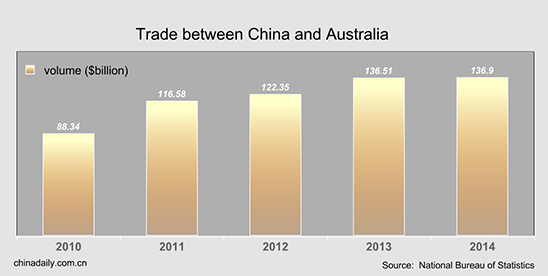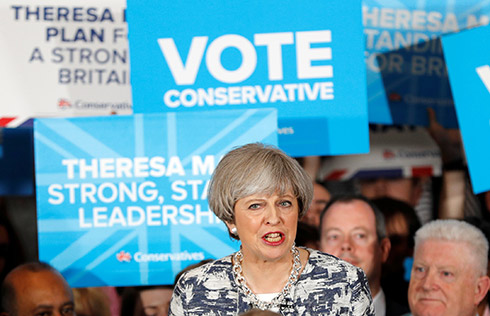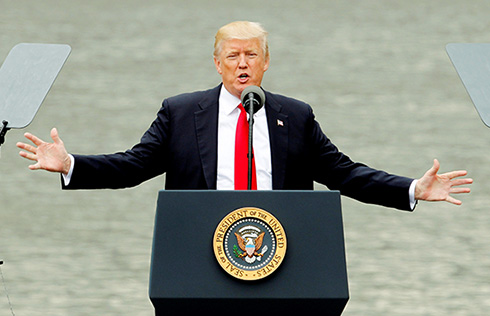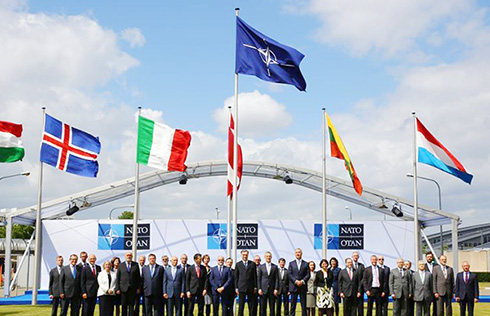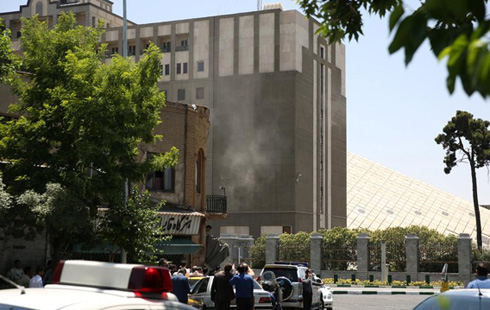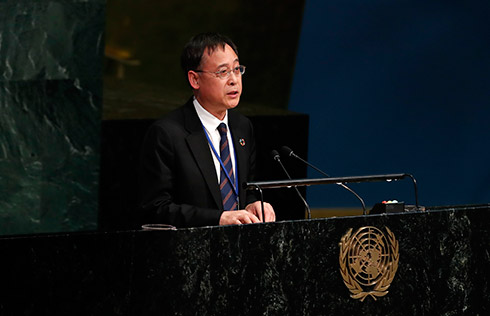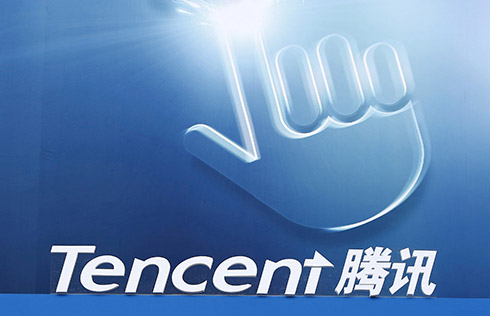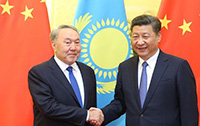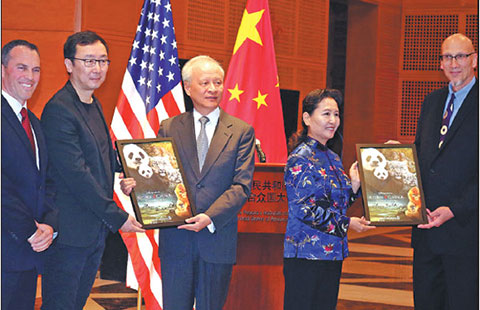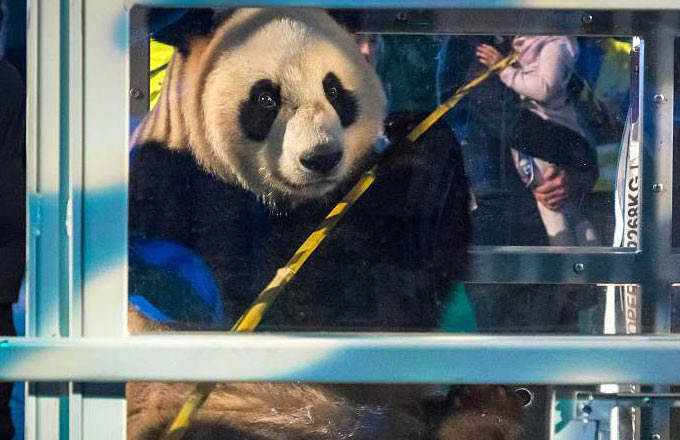China, Australia sign free trade agreement
Australia's agricultural, mining, manufacturing and tourism industries will see a steady growth. Products like wine or seafood, scheduled for zero tariffs within four years, will have undergone two reductions by next year - once when the FTA is signed and once at the start of next year – resulting in their tariffs being halved.
Beef, Australia's largest agricultural export to China valued at A$722 million ($551 million) in 2013, will have its current tariffs of 12-25 percent abolished within nine years. China is also Australia's third-largest wine export market, worth A$217 million in 2013.
Service trade will be a key cooperation field for the two nations including banking, insurance, legal service, education and senior health care. The two countries will also relax the visa application process for an easier talent exchange.
It is believed that 93 percent of imported goods from Australia will have zero tariff by 2019.
Statistics from 2013 shows that the trade between the two nations can see a growth more than $16 billion, a 10 percent growth from that total volume of 2013.
Highlights of China-Australia trade
Top 5 export to Australia 2013-14
1. Clothing - $3.95 billion
2. Telecommunication equipment and parts - $3.79 billion
3. Computers - $3.72 billion
4. Furniture - $1.7 billion
5. Daily necessities - $1.39 billion
Top 5 exports to China 2013-14
1. Iron ores and concentrates - $44.3 billion
2. Coal - $7.2 billion
3. Gold - $6.3 billion
4. Education-related travel services - $3.17 billion
5. Copper - $1.63 billion
Source: General Administration of Customs
Cai Muyuan and Zhang Jie contributed to this story.




